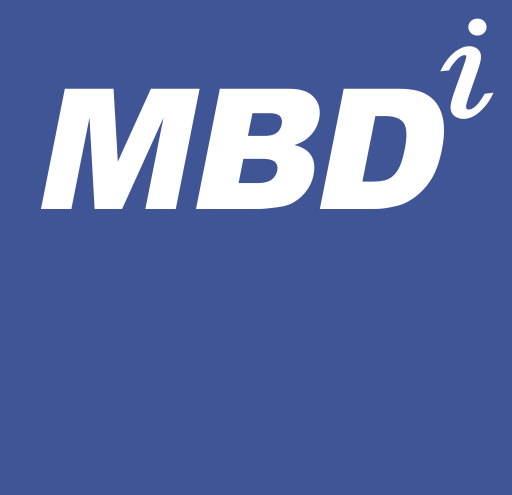When responding to bids or RFPs there is a key point to understand: you are automatically a part of someone else’s process. That may be either the prospect’s process or a competitor’s bid-shaping process. Either way, what you think is an open opportunity is actually a situation where the prospect has already determined their issues, decided they want to address them, allocated some of their budget and launched a decision making process. In essence, they have self-qualified. They have worked their own process or have been a part of someone else’s bid-shaping process, and you are now responsive, reactive and dependent.
In this situation, you have very little leverage for gathering quality information, much less high-value human Intel that affords you an advantage in submitting a bid.
The key to being successful in responding to RFPs is to have an Opportunity Identification and Qualification (OI&Q)i Phase that allows you to engage key individuals early on. You must help uncover their issues, shape their perspective of their situation and, more importantly, shape their vision of the solution. Employing an identification and qualification phase in your Business Development process allows you to be integral in defining what will be in a final RFP. If you aren’t engaged early in an acquisition process, it’s unlikely that what you receive in the bid documentation will articulate well the key issues to which you can respond effectively.
Keep in mind the 60/40 rule: 60% of the work in developing an opportunity is done up-front, before any RFP or proposal is ever drafted. The purpose of the proposal is to be able to address the specific problems the client understands they have and are motivated to solve. If the proposal is tailored towards the issues which you have helped the client define and become motivated to solve, then you have a decided advantage in the bid situation, regardless of the competition.
Seldom are bids won on the scope of work or competitiveness of the price. It is the relationship that is developed up front, the prospect’s trust and respect and their desire to work specifically with you that gives you a definite edge in an RFP. If you don’t ensure early on that you are the prospect’s preferred source for a solution, you need to realize that your competition is more likely to win the business than you are.
The bottom line is: if you don’t know by bid day who won the bid, it probably isn’t you.


